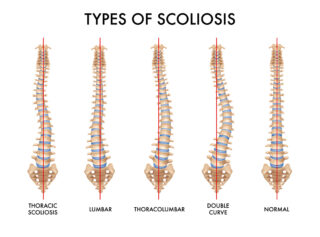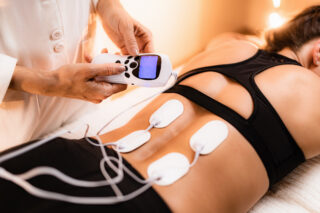Today, physiotherapy is one of the most demanded treatments to prevent and treat injuries, such as rehabilitation, releasing muscle tension, among many others. It is a practice that offers us several therapeutic benefits on our musculoskeletal system. Being healthy does not always depend on traditional medicine, since there are many more alternatives, such as Physiotherapy, that offer important benefits for your health. Through different techniques, applied based on the diagnosed injury, it is possible to recover the mobility of muscles and joints, relieve pain, etc. It is currently a fundamental medical specialty for the prevention, treatment and recovery of muscles and bone.
Why is Physiotherapy so Important Today?
Physiotherapy or physical therapy is a non-pharmacological discipline used to diagnose, prevent and treat various ailments and injuries. To do this, the physiotherapist applies different manual therapy techniques (massage techniques) and uses technology (electrotherapy, magneto therapy), if necessary. The importance of physical therapy lies in the multiple benefits it brings to health, so we detail some of them below.
Prevents Injuries And Illnesses
Physiotherapy is essential in the prevention of injuries derived from sports practice. A professional physiotherapist can prescribe the exercise to be performed based on our physical condition and previous diagnosed illnesses. Thus, the risk of suffering specific type of injury or discomfort is avoided or, at least, reduced.
It also helps solve physical problems caused by accidents or some type of disability, but it is very important to note that it also helps prevent these problems from arising. It is a physical therapy that applies mostly natural methods and requires the patient’s collaboration.
Treats a Wide Range Of Muscle And Joint Pains
Not only does it treat injuries, but it is also applied as a treatment for muscle and joint pains. An example of the importance of physical therapy today is back pain (cervical, back pain and low back pain). It is one of the first causes of sick leave and is where physiotherapy plays a primary role in recovery for pain derived from work demands or bad postural habits. As well as those of genetic causes.
Specified For Rehabilitation
Physiotherapy is recommended as recovery therapy for injuries suffered and even as recovery treatment in certain surgical interventions. It also strengthens the body, providing the muscles with the necessary strength and flexibility. In short, physiotherapy is a discipline that contributes to increasing our quality of life on a physical level.
As we know the importance of physiotherapy today, at Churchill Physiotherapy we offer you a comprehensive solution for your needs. Do not hesitate to contact us with any questions. Call us!












